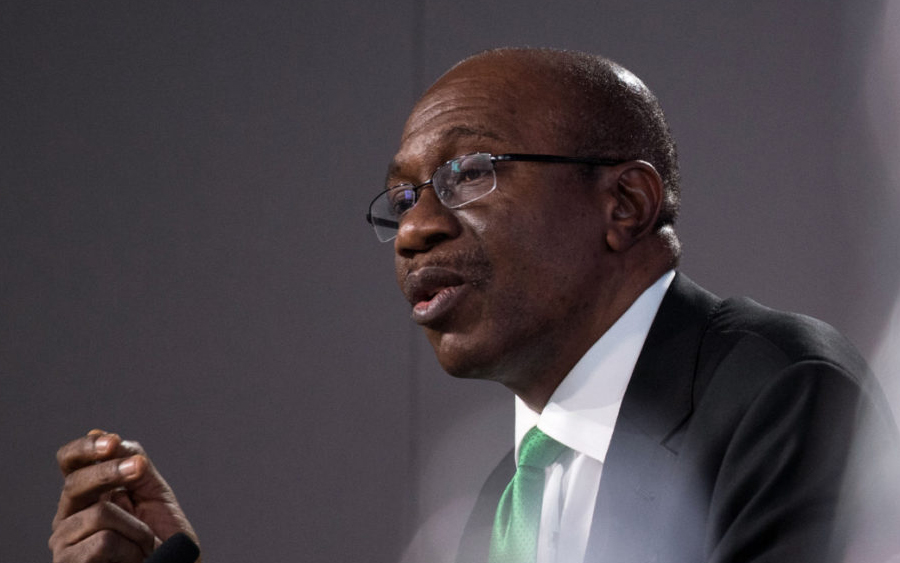Over the past one year we have seen a meteoric rise in digital assets, most especially cryptocurrency. The bull run of flagship cryptocurrency, Bitcoin was just the tip of the iceberg as other altcoins like Ethereum, Dogecoin, Shiba Inu, etc., all had massive runs in 2021. More notably, Solana has had an 11,000 per cent year-to-date increase. Prior to 10-12 years ago these types of returns were unimaginable in the financial system. So what changed?
If we track back a little bit, after the US government spent over $420 billion through TARP (Troubled Assets Relief Programme) to bail out banks that triggered the subprime mortgage crisis and 2008 recession, a lot of confidence was lost in the financial system and a person or group of people called ´Satoshi Nakamoto´ launched the first cryptocurrency – Bitcoin. They decided to develop a decentralised digital currency with the hope that it becomes the digital currency of the world and put the people in control of their currency as opposed to the government.
Decentralisation was at the fulcrum of the innovation around blockchain, and as Spencer Bogart, General Partner at Blockchain Capital put it “After all, the entire point of a decentralized blockchain is to provide a hard-promise — an immutable ledger with open, non-discriminatory participation.” Admittedly, he recognised that decentralisation hinders efficiency and throughput in the blockchain.
Read: Central Banks Digital Currencies (CBDCs) – a Gift or a Curse?
Why Central Banks are wary
Central Banks, in essence, should be wary of cryptocurrencies. In its very nature, the innovation is built to run them out of business and take control away from them. This is something they can hardly tolerate. How and why you might ask?
The logic is simple to understand if we recognize what Central Banks are created for. Their main job is to control the monetary policy of a sovereign state, issue its legal tender (currency) and regulate banking operations within the territory.
For example, if Nigerians adopt Bitcoin as a means of transaction and not only as a store of value then the Central Bank of Nigeria cannot perform its role when it comes to monetary policy as a tool for economic management.
Read: More details emerge about how CBN’s e-Naira would affect Nigerians
What is the role of CBDCs?
Central Bank Digital Currencies (CBDCs) are a way of taking back control from this new form of digital currency created by innovators and forward thinkers, this is because Central Banks are more comfortable with Bitcoin and altcoins just being used as a speculative asset or commodity like gold, silver, etc. However, as a medium of exchange – they are not willing to budge.
To be candid, in studying blockchain and cryptocurrencies, it is quite clear the central banks have also seen the advantages to issuing CBDCs or internet money. It gives them unwavering control to manage monetary policy, and drive financial inclusion. El Salvador is an example where financial inclusion was achieved when three million people adopted the government issued Chivo wallet for Bitcoin.
Read: e-Naira: How safe is Nigeria’s Central Bank Digital Currency?
Why CBDCs are not just another cryptocurrency
Some people argue that CBDCs are not even cryptos in a bid to try to distinguish government-backed crypto from privately issued crypto which nonetheless, are both issued from a distributed ledger system called a blockchain. So how will this ongoing tussle for control play out? There are many indications that the world might be headed towards a renaissance period in innovation, somewhat like the dotcom boom in the mid-1990s to early 2000s.
Cryptocurrencies in their conceptual form should be decentralised but XRP and Ethereum can be classified as centralised cryptocurrencies. Therefore, a CBDC isn’t just different from other cryptocurrencies because it is on a centralised blockchain but because it is government-issued.
A case for interoperability of CBDCs
At the time of writing, it does not seem likely that the CBDC blockchain will be interoperable with the private blockchains. Maybe this will happen sometime in the future but let’s assume that all countries in the world issue their CBDCs – there is a more likely case that their blockchains will become interoperable which will give rise to a more efficient financial system on the blockchain. Perhaps a sensible scenario might be a centralised blockchain for all CBDCs in the world to function, but for this to happen countries must advocate for a unanimous blockchain for CBDCs.
What is the future of banking?
At this point, banks need to see the handwriting on the wall. Like Andy Grove said, “There are two options: either adapt or die.” It is the benefit of central banks to carry commercial banks along in this epic migration of the traditional financial system to blockchain. However, they have to understand that they are public enemy number one and there is an increasing appetite from the public towards disintermediation.
Private companies have developed systems and protocols like smart contracts that do not necessarily need bank services, central banks are also adapting beyond the need for banks to help manage the economy. The question becomes: what must banks do to remain relevant in the future?
Speaking from the experience of banking in Sub Saharan Africa, banks have to ensure they speed up their upscale to blockchain either by integrating on the central bank´s centralised blockchain, already established private blockchains or by creating their own blockchain where they can offer services like staking, lending and all other financial service functions to customers on the blockchain in a more transparent manner.















